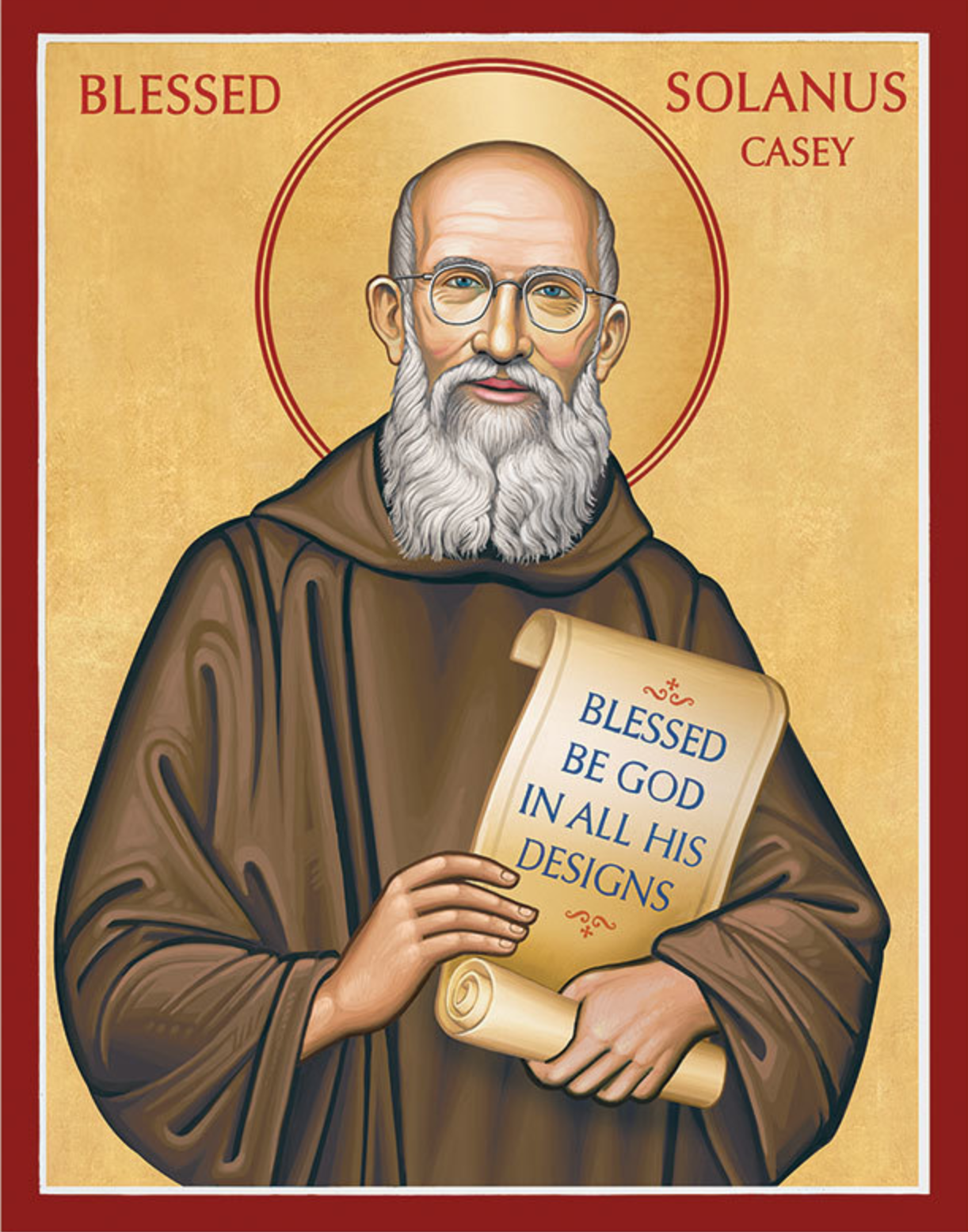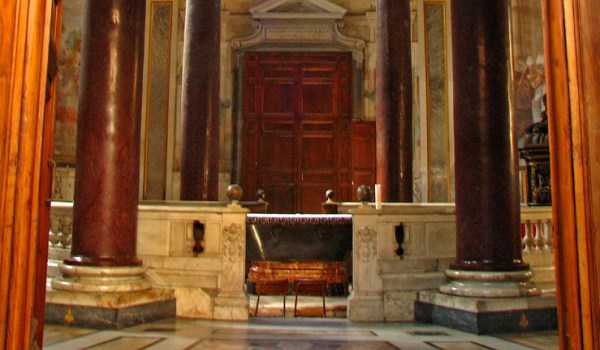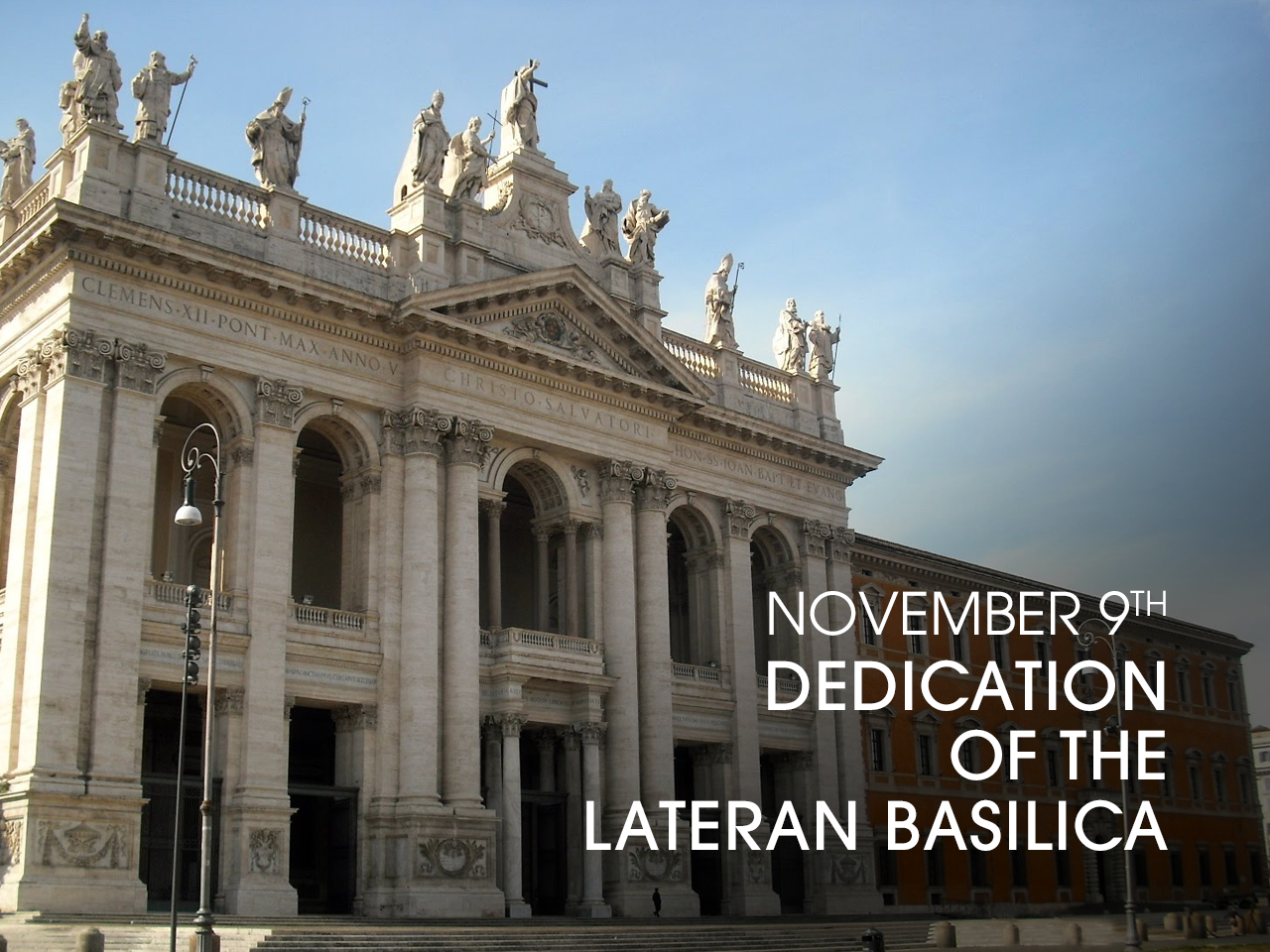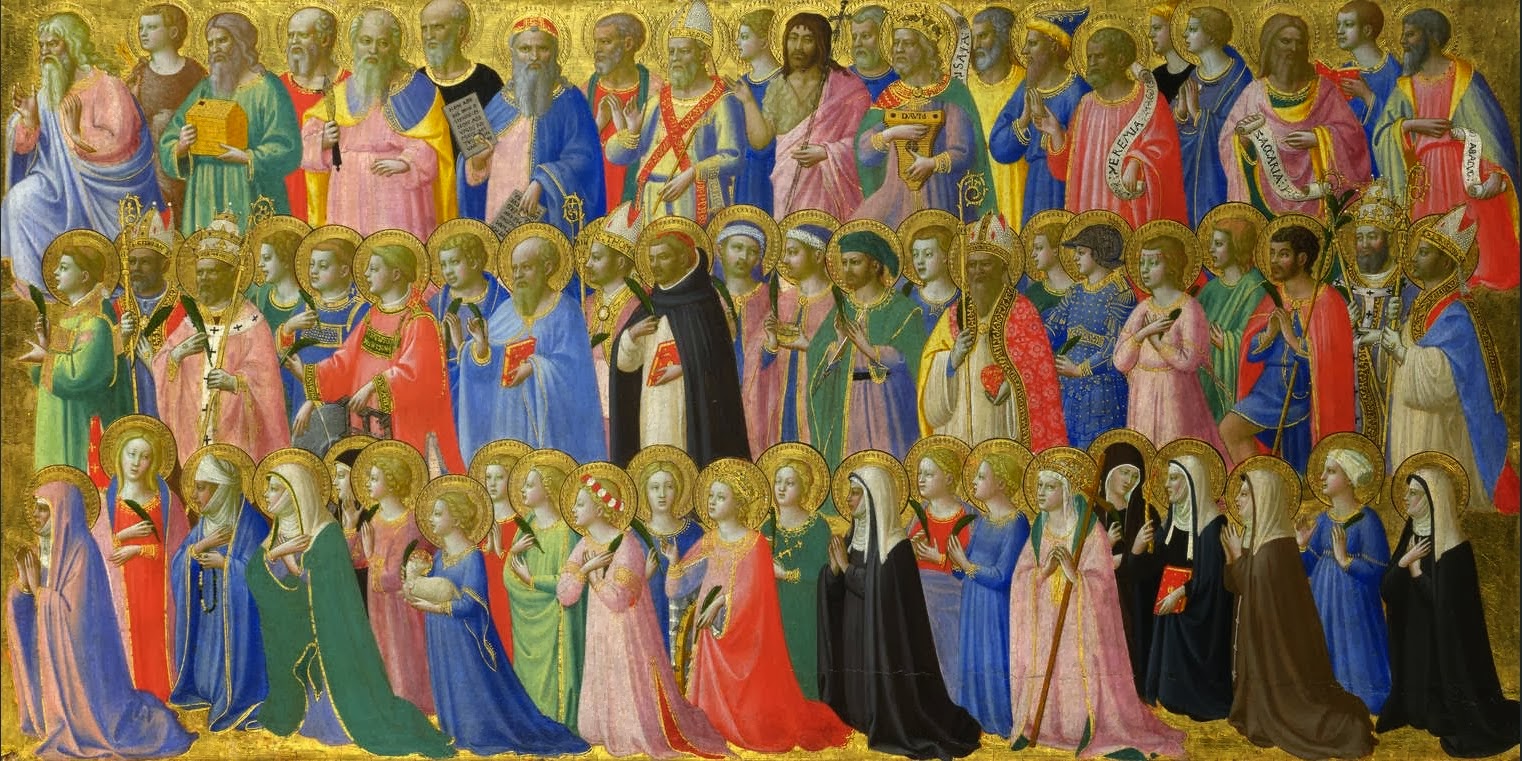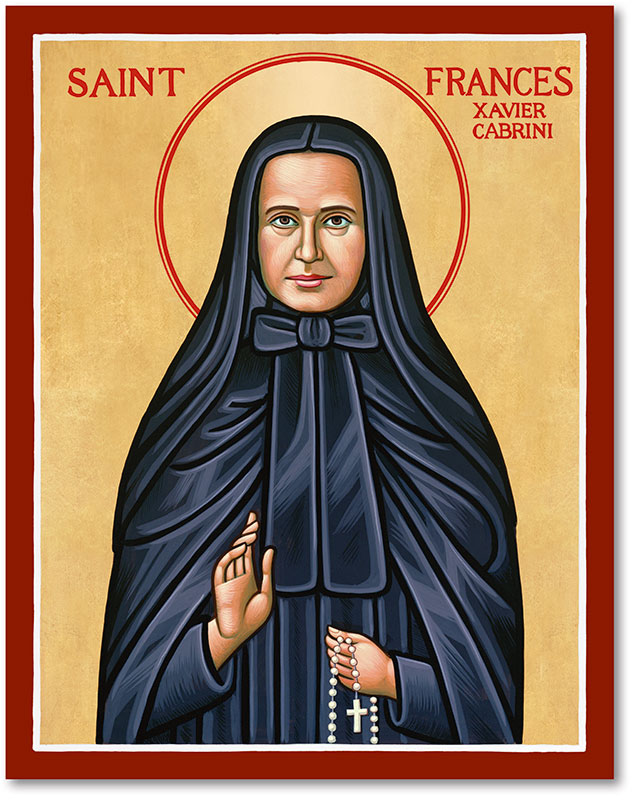
As the national debate wrangles/rages on with regards to undocumented persons in this country, I took a pilgrimage recently. Probably the shortest pilgrimage anyone could take. Just a few blocks up Lake Shore Drive. You know I couldn’t pass this up, don’t you?
St Frances Cabrini was small in stature, and poor in health most of her life. Yet, this petite immigrant nun founded sixty-seven institutions of care and support for immigrants in the US, Europe, and Central and South America, in her sixty-seven years of life. A CEO and entrepreneur if God ever needed one, and those hospitals, schools, and orphanages she established which benefited countless people in need certainly did. An able leader in time of need who responded in faith. “I can do all things through Him, Who strengthens me!” (Phil 4:13) Omnia possum in eo qui me confortat! was her constant motto.
Francesca was born on July 15, 1850, in Sant’Angelo Lodigiano, Lombardy, Italy, one of eleven children from Agostino Cabrini and Stella Oldini who were rich cherry tree farmers. Sadly only four of the eleven survived beyond adolescence. Small and weak as a child, born two months premature, she remained in delicate health throughout her life. As a child growing up in Italy, she dreamed about being a missionary to China. She sailed paper boats down a stream, pretending they were ships bringing missionaries to China. She also gave up eating candy because, she reasoned, if she lived in China, she probably wouldn’t be able to have any.
When she grew up, Frances tried to join two different convents. Because of her poor health, she was not accepted. She taught school for a while. Then a priest asked her to help out in a small home for orphans. Things were very hard for Frances because of the lady who ran the house. Eventually, the bishop had to close the orphanage because of this difficult woman. Ah, people. God gives us each other to help us all grow in holiness. How sad if we misunderstand this or miss the chance. One bite at the apple, as lawyers say, but we always, with the exception of saints, do. I do. Constantly.
At the same time, this same priest who asked Frances to help at the orphanage asked her to begin a community of sisters dedicated to teaching. Without hesitating, Frances started at once. Before long, the Congregation of the Missionary Sisters of the Sacred Heart began to grow, first in Italy and then in many other countries. Frances, whom everyone called Mother Cabrini, had always had her heart set on going to China, but it seemed that God wanted her to go to America instead. When Pope Leo XIII told her, “Go West, not East,” the matter was settled. St. Frances Xavier Cabrini sailed for the United States and became an American citizen. She especially helped large numbers of Italian immigrants. She was a real mother and friend to them.
Mother Cabrini and her sisters had a very hard time in the beginning. The archbishop of New York even suggested that they go back to Italy, since the house they anticipated would be available to them wasn’t when they arrived.
But Mother Cabrini answered, “Your Excellency, the pope sent me here and here I must stay.” The archbishop admired her pioneer spirit, and so she and her sisters were permitted to begin their great work for God. Schools, hospitals, and homes for children were opened up in different states. As the years passed, Mother Cabrini made many trips to spread her congregation and its works. There were always difficulties, but she put all her trust in the Sacred Heart of Jesus. “It is He who is doing everything, not us,” she would say. This small, sickly woman was terrified of water but made more than two dozen crossings of the Atlantic. What God CAN DO! I have a rule. I don’t mess with nuns. Has seemed to work for me all my life. 🙂
When Mother Cabrini arrived on the North Side of Chicago more than a century ago, she set out to transform an old hotel into an orphanage. Instead, Archbishop James Edward Quigley asked her to open a hospital. Before leaving the city to travel the world, she had opened three.
On Thursday, Nov 18, 2011, architects, developers and nuns in hard hats broke ground and unveiled plans to restore the national shrine to the first American citizen to be declared a saint at the site of the Columbus Hospital she founded and where she died of complications from dysentery while preparing Christmas candy for local children. In response to Mother Cabrini’s canonization in 1946, there was an overwhelming response of pilgrims to the room where she died in Chicago. The shrine was built to accommodate them, and restored to us, today, an architectural gem of gold mosaics, Carrera marble, murals, and Florentine stained glass.
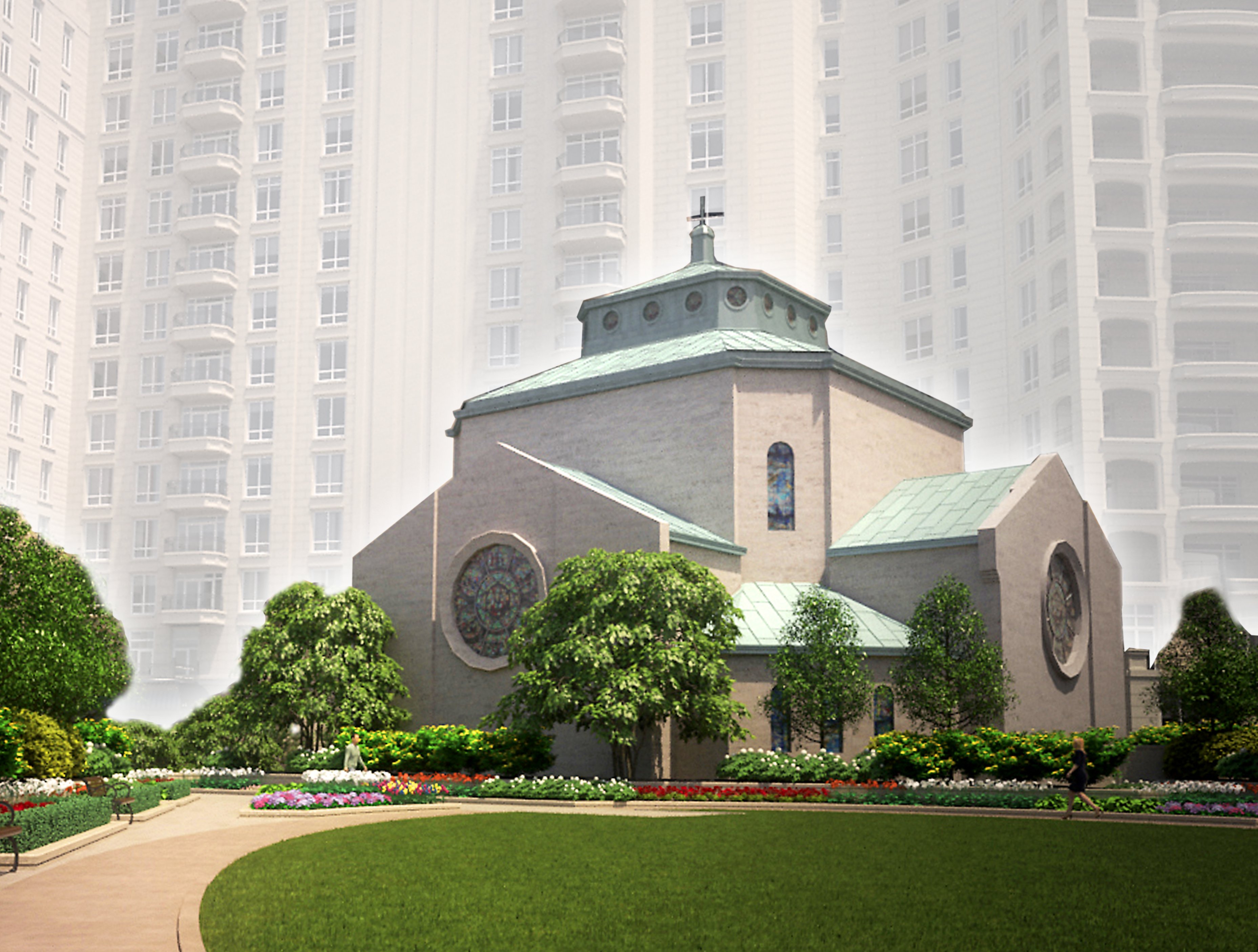
http://cabrinishrinechicago.com/
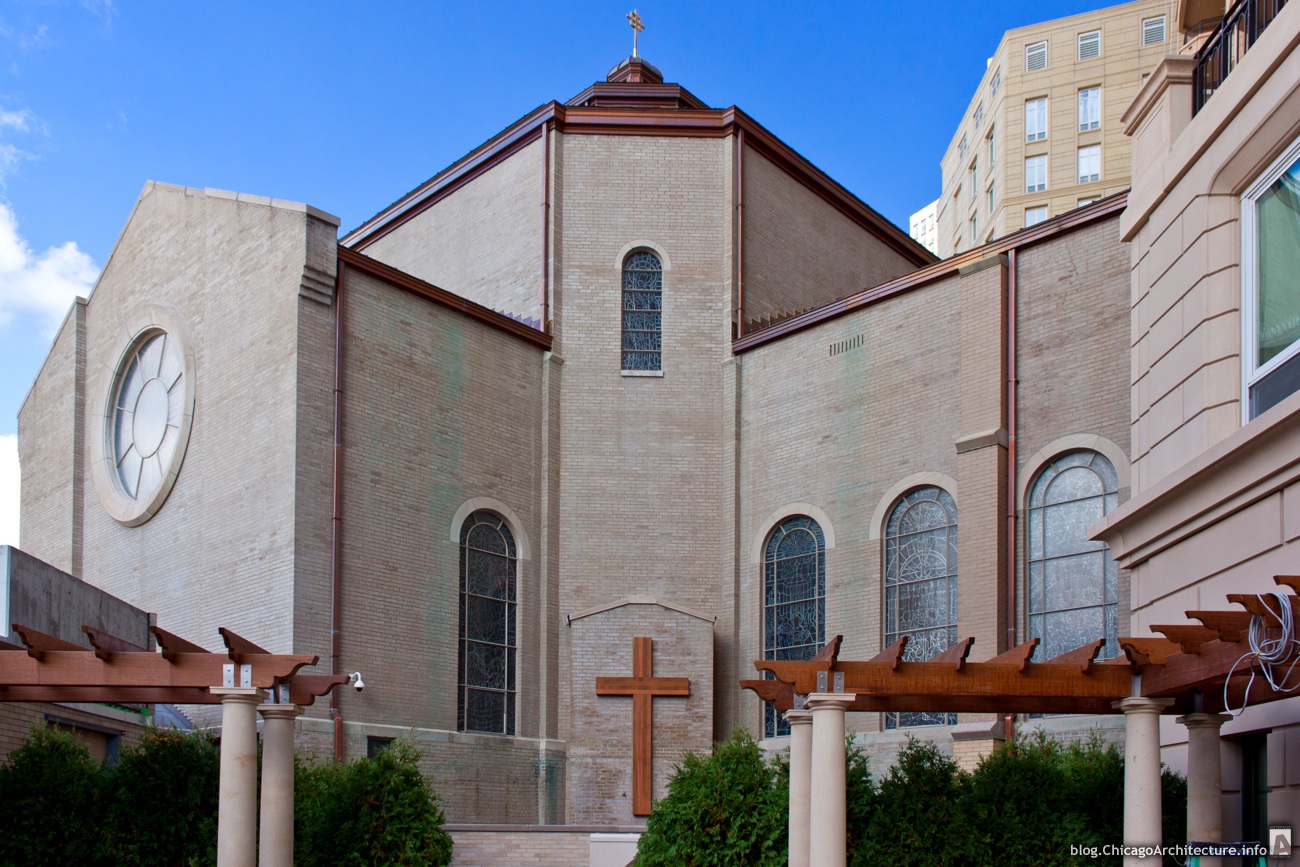
Boarded up and shrouded in scaffolding for nearly 10 years, the renovated National Shrine of Saint Frances Xavier Cabrini features a garden grotto as well as the original iron bed, dresser, kneeler and desk from the hospital room where the patron saint of immigrants died in 1917. The shrine, at 2520 N. Lakeview Ave., reopened to the public this Fall.
“We need the shrine in order to remember her,” said the Rev. Ted Ploplis, coordinator of spiritual services at St. Joseph Hospital. Ploplis expects to become rector of the shrine.
“She was the Mother Teresa of the century before this. She knew what God wanted her to do, and she did it. It’s important to have a place where we can really celebrate her life, tell her story and live her mission. She has wonderful things to teach us,” he said.
Sister Joan McGlinchey, of the Missionary Sisters of the Sacred Heart of Jesus, the order founded by Mother Cabrini more than 130 years ago, said the shrine is intended to continue Mother Cabrini’s mission of helping the poor become productive members of society.
“Our passion is to make God’s love visible now in our city and continue the mission that Mother Cabrini started,” said McGlinchey, one of six sisters between the ages of 65 and 86 now serving in Chicago. “We are pleased to introduce a new generation to this holy woman who lived, worked and died in Chicago and made a tremendous difference in the lives of so many through her life and mission.”
Sealed after Mother Cabrini’s death to preserve the holy presence nuns believed filled the space, the room in which she died was reconstructed as an annex to the new Columbus Hospital’s chapel after the original building’s demolition in the late 1940s.
For years after her canonization in 1946, pilgrims made their way to the shrine. Mothers would place their infants on the iron bed as they prayed. It was restored to its original austerity in 1988.
The annex and chapel were boarded up again when the property off Lakeview Avenue was purchased nearly 10 years ago. Construction on condominiums began in 2006.
Originally a chapel for the Cabrini-founded Columbus Hospital, the shrine, at 2520 N. Lakeview Ave., had been closed since 2002 as construction crews built condominiums in place of the old medical buildings when the hospital property was sold to developers. The Missionary Sisters of the Sacred Heart of Jesus negotiated with the new owners of the property to preserve the shrine and chapel in the new development as a condition of sale. The Columbus Hospital had been built around the shrine and its church obscuring the building within the building from outside viewers. Now it is beautifully revealed.
The worship space is now a sanctuary below a residential high-rise. In his homily at the rededication, Cardinal George said he once questioned whether the shrine should reopen on the same site. But he was convinced that it should stay by leaders of the Sisters of the Sacred Heart, who led the preservation effort and, the cardinal said, “proved to be correct.”
Dozens of nuns were on hand for the event, having flown in for the dedication from around the world. They said having the national shrine back in Chicago was important, as it kept a tangible reminder of Cabrini close to an area where she served.
“Together, we prayed and we discerned, and St. Frances Cabrini died in Chicago and is really a Chicago saint,” said Sister Bridget Zanin, a hospital chaplain in Des Plaines. “Therefore, I think it was important for the people of Chicago and the people of the United States to have a place where they can come and pray and find inner peace.”
A two-hour rededication Mass night filled every pew with nuns, former hospital employees and local Catholics. Those in attendance said restoration crews did a nice job of preserving the character of the sanctuary while adding office space, exhibits about Cabrini and a spacious lobby.
Michele Houser said she married her husband in the chapel. She picked the site because she worked as a physical therapist at Columbus Hospital. Seeing it reopened with its frescoes touched up and a grander entrance was special, she said.
“It’s an exciting experience to be back here and have it restored so beautifully,” said Houser, who lives in Libertyville.
Cardinal George did say he was glad to be back at the Cabrini Chapel, a place George said he first visited as a young boy when his cousin was hospitalized at Columbus and later frequented as a priest.
Zanin agreed with George that the chapel was special, and she’s hopeful that it will inspire more people.
You GO GIRL!!! With your GOOD-self!!! 🙂 YES, JESUS!!!
“I will go anywhere and do anything in order to communicate the love of Jesus to those who do not know Him or have forgotten Him.”
–St. Frances Xavier Cabrini
“The adorable Heart of Jesus is our comfort, our way, our life.”
–St. Frances Xavier Cabrini
Prayer to St. Frances Cabrini for Calmness and Kindness
Great St Frances Xavier Cabrini, through your missionary work you radiated great light to those in need. Yours was a simple way, a kindly way, yet you accomplished many great and small tasks. I ask that you help me to stay calm and unwavering in the pursuit of my own projects of compassion, love, and forgiveness of others, especially those whom may be difficult to love in my own family and community.
Ask Him Who strengthened you to strengthen me. Mother Cabrini, bolster my faith in my many moments of doubt. Help me find the simple and sure way to Jesus, and serve Him as you did. Amen.
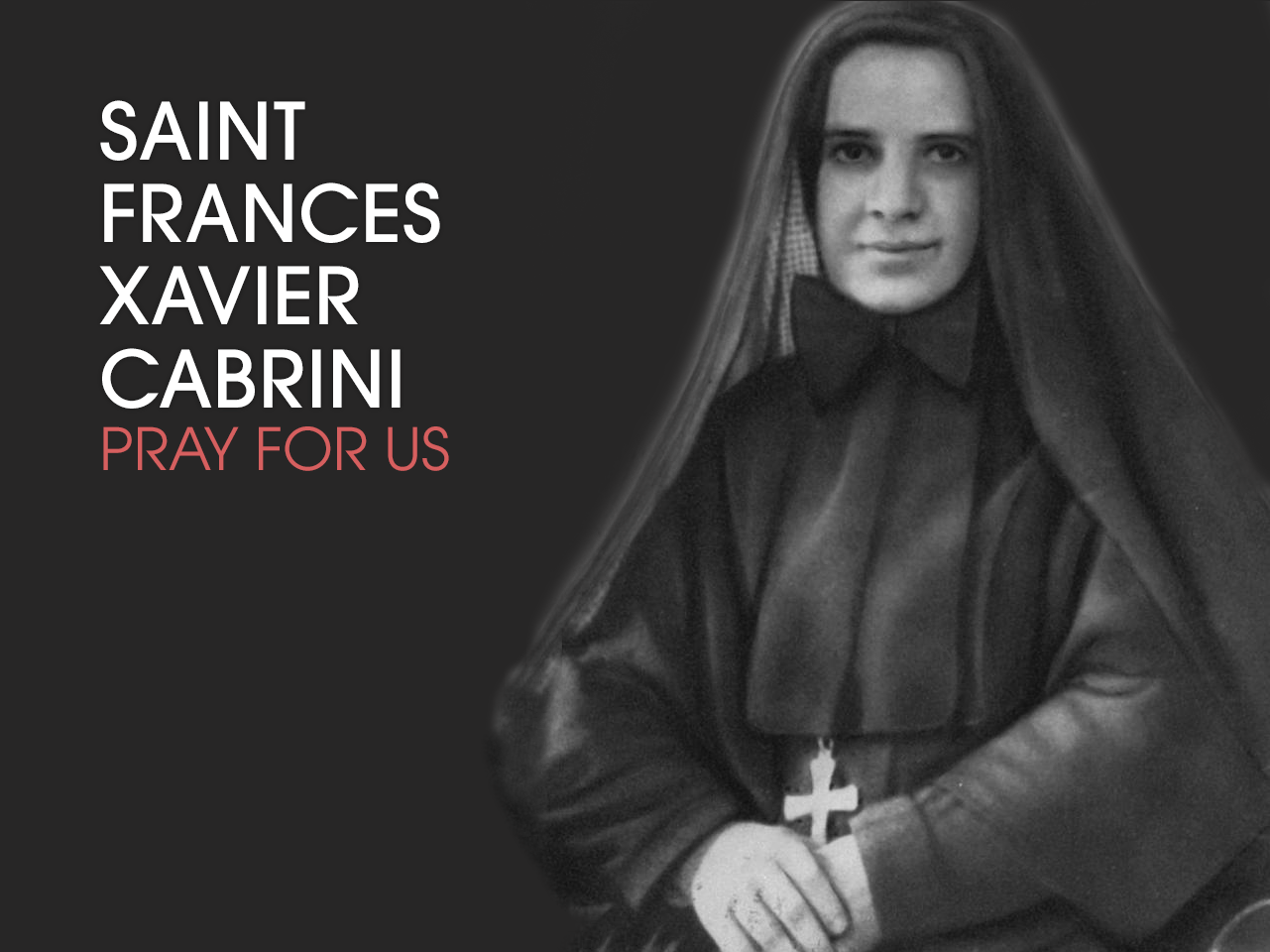
Love,
Matthew


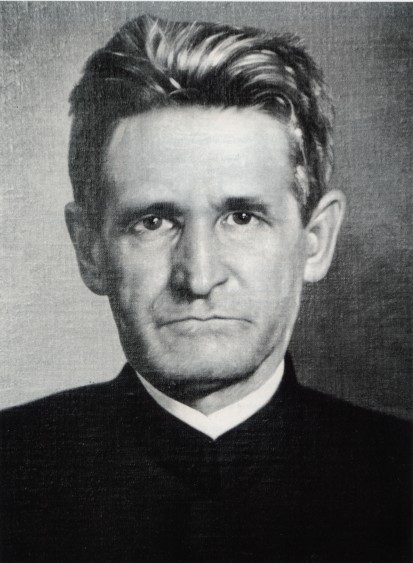



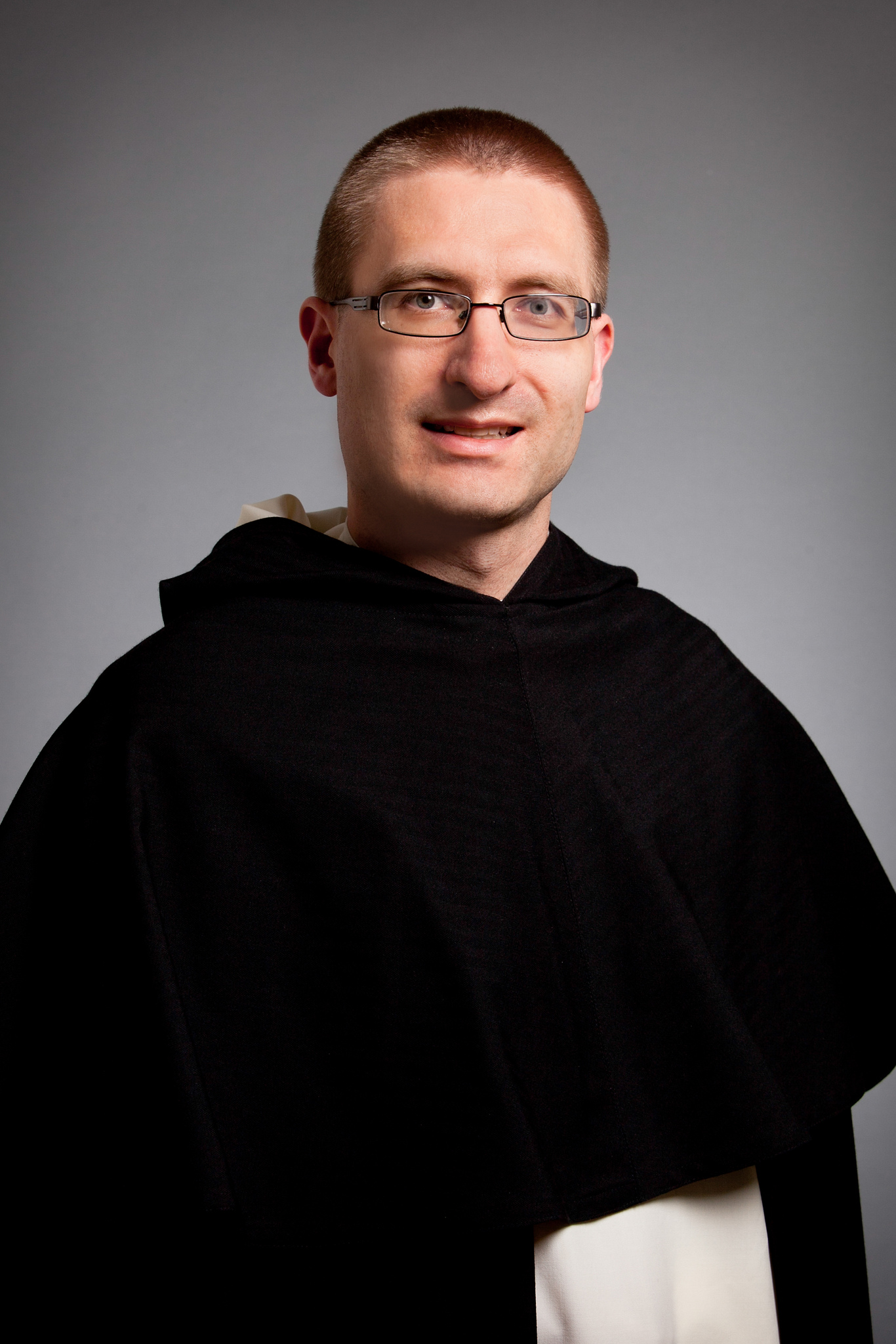
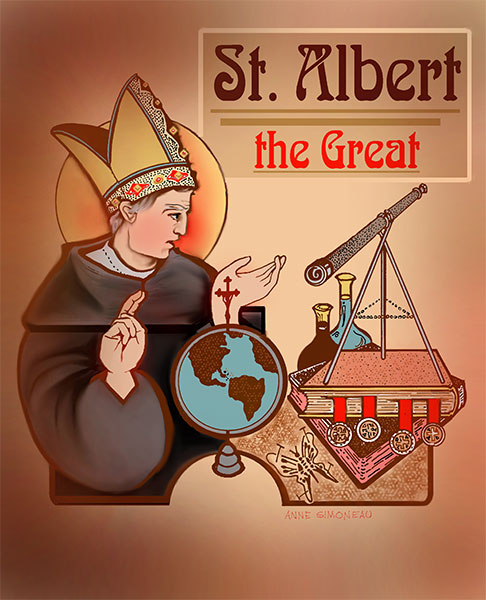

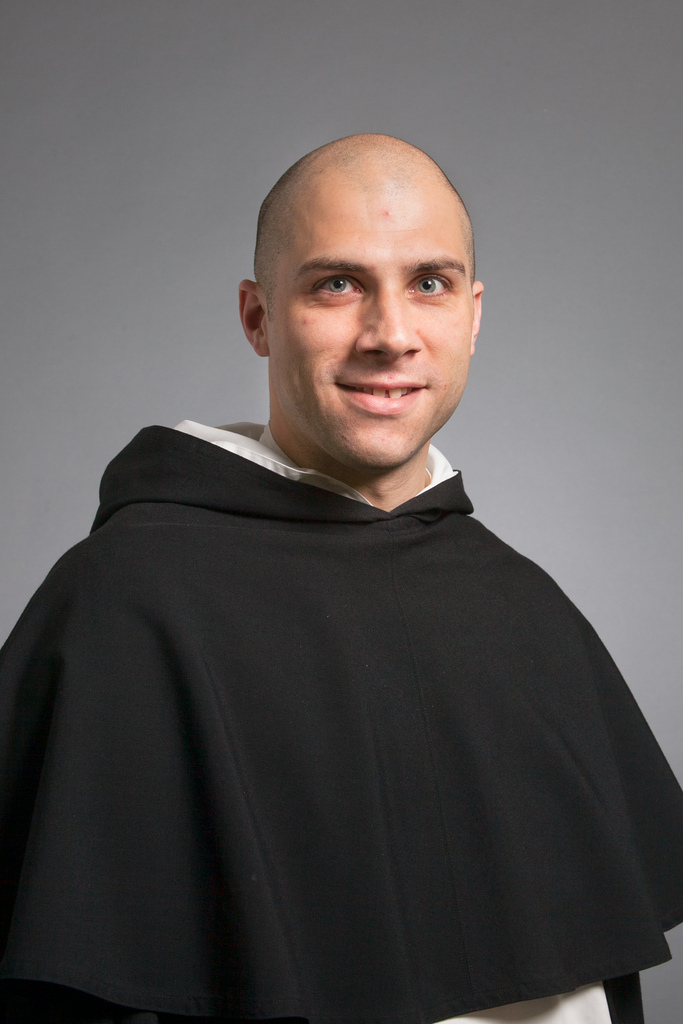
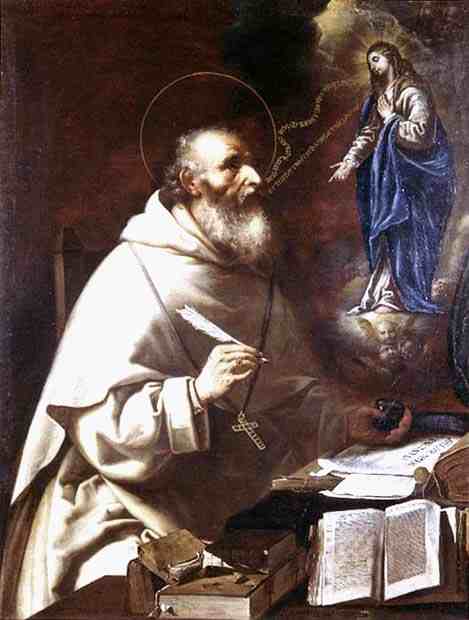


![cropped-st_-albert[1]](https://soul-candy.info/wp-content/uploads/2012/12/cropped-st_-albert1.jpg)








